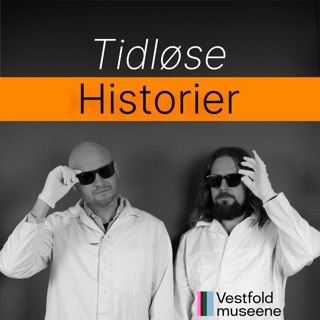
What’s Your Flood Risk? Tools to Help you Determine
How to determine flood risk for properties in the United States. Yale Climate brings us tools and resources, categorized by the type of information they provide, and it critiques the accuracy and limitations of each. These tools are essential in an era of increasing flood risk due to climate change. We discuss the new Risk Rating 2.0 system implemented by the National Flood Insurance Program, which aims to ensure future payouts do not exceed premiums.
3 Okt 202411min

Hurricane Helene - Bomb after the Lull
The 2024 Atlantic Hurricane season began as a beast with Hurricane Beryl setting the stage for what was predicted to be an overactive hurricane season. With an August and early September peak season lull, forecasters were questioning the reasoning for the season bottoming out. Then intro Hurricane Helene. Hurricane Helene made landfall in Florida as a category 4 hurricane with maximum sustained winds of 140 mph and a storm surge of 20 feet causing not only one of the highest surges seen in the state of Florida, but also some of the highest storm surge ever recorded in the Tampa Bay Area. As a weakening storm system, Helene continued to dump excess amounts of rain through parts of Georgia and Appalachia, causing serious flash flooding that has caused the death toll to spike in recent days as rescuers scramble to sift through the destruction. Some people are wondering how a warming climate may have been a factor in supercharging Helene
3 Okt 202411min





















